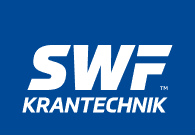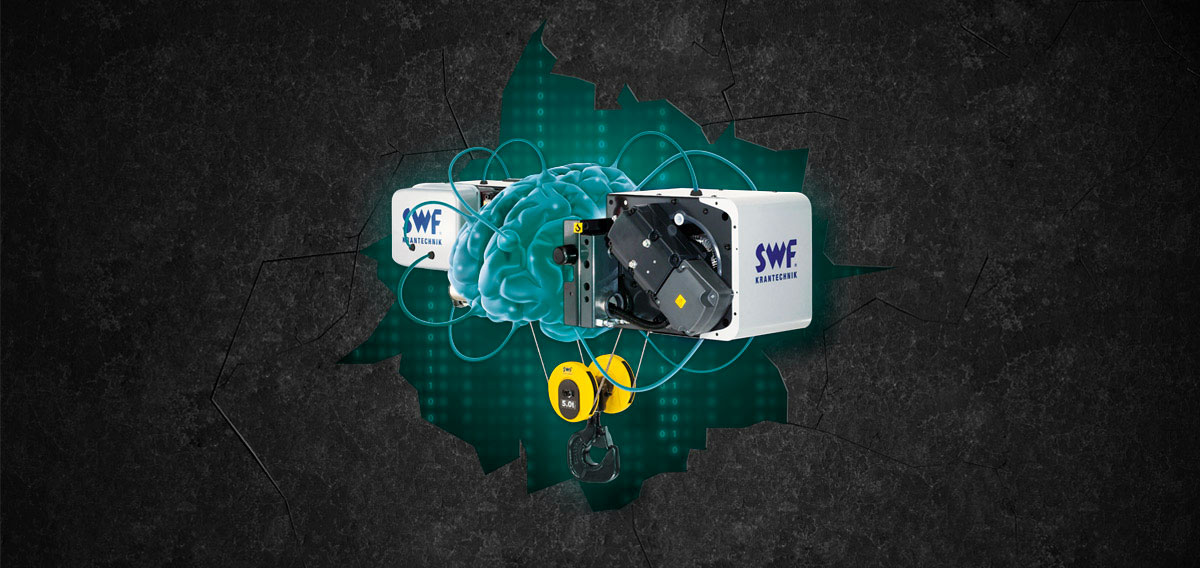
Extended Speed Range

Micro Speed

Slack Rope Prevention

Inching

Restricted Load

Sway Control

Load Floating

Shock Load Prevention

Tandem

Synchronisation

Cranes in Tandem

Crane Intelligence
control options
The individually configurable Crane Intelligence, which incorporates electronic monitoring and control aids, can be used to make transporting loads safer and more productive and to optimise costs.
Even the control actions of experienced crane operators can be further perfected by this "second brain", and in this way the capabilities of the crane as a whole can always be fully called upon while remaining kind on load and technology.
This does not just reduce operating and maintenance costs, but also significantly reduces the risk of an accident thanks to the intelligent load handling methods. Controlled travelling and positioning are a guarantee of productive load handling.































